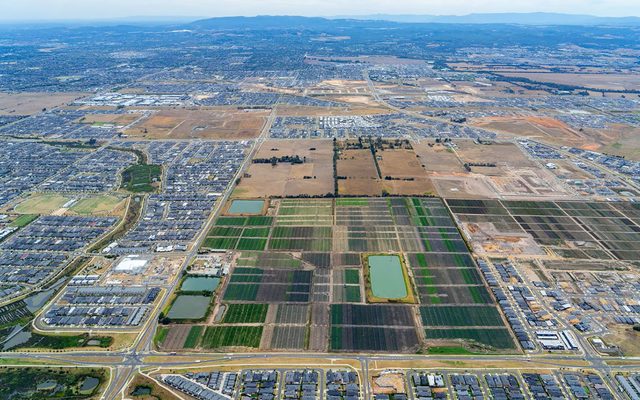This article is from the Australian Property Journal archive
LABOR leader Anthony Albanese has pledged to help Australians on low and middle incomes buy a home via the “Help to Buy” initiative, the centrepiece of its housing policy, as the major political parties pitch to first homebuyers at the election.
Albanese unveiled the policy at Labor’s official campaign launch in Perth.
Under the $329 million initiative, 10,000 eligible applicants will receive a Commonwealth equity contribution of up to 40% of the purchase price of a new home, and up to 30% for an existing home.
To qualify for help, first homebuyers need to save a deposit of 2% and qualify for a home loan with a participating lender. Furthermore, they are not subject to lenders mortgage insurance, saving around $30,000.
The scheme is open to individuals with a gross annual income of up to $90,000 or $120,000 for couples. Applicants must be an Australian citizen.
Successful applicants have the option of taking additional equity in the property over the life of the home loan and they do not have to pay rent to the Commonwealth.
The minimum stake they can opt to purchase at any one time is 5%. However, if their income exceeds the gross annual income threshold for over two consecutive years, they are required to repay the Government’s contribution in part or whole as their circumstances permit.
Albanese said the scheme would cut the cost of a mortgage by up to $380,000 for low- and middle-income Australians.
He pointed out that 40 years ago approximately 60% of low- and middle-income families owned their own home, however today it is only 28%.
Shadow housing minister, Jason Clare, said it is “harder to buy, harder to rent and there are more homeless Australians than ever before”.
Clare said the program would help Australians buy a home with a smaller deposit, a smaller mortgage and smaller mortgage repayments.
“This will help a lot of Australians buy a home with a smaller mortgage that they can afford to repay, instead of renting for the rest of their lives.” Clare said.
The scheme has been welcomed by the property industry.
The Property Council of Australia’s chief executive Ken Morrison said the initiative presented a strong foundation for what is a much-needed national plan to address the housing affordability crisis.
“We note the proposed Help to Buy shared equity scheme is limited to 10,000 places a year and is therefore unlikely to distort housing markets or prices,” he added.
Morrison also welcomed the Labor’s plan to create a National Housing Supply and Affordability Council and called for its role to be strengthened to ensure housing supply targets are achieved.
“The proposed new body needs to have teeth, with incentives and consequences for states and territories to ensure housing targets are met,” he continued.
Official forecasts by the National Housing Finance Investment Corporation show a housing supply crunch on the horizon, with construction set to fall by around one third at the same time population growth will be normalising, resulting in Australia finding itself 163,400 homes short of demand by 2032.
Recent research conducted for the Property Council found 70% of voters feared the dream of home ownership was now out of reach for most Australians, with almost 90% of aspiring home owners saying housing affordability would be one of the most important issues in determining their vote.
Australians need to save for at least eight years for a deposit, according to Domain, while over 40% of voters in most Sydney, Brisbane and Melbourne electorates are experiencing rent and mortgage stress.
Marginal seat voters in multiple states have the issue firmly on their radar ahead of the upcoming federal election. A majority of voters in Coalition-held Bass in Tasmania, Longman in Queensland and Flinders in Victoria, and Labor’s Gilmore in NSW, believe the federal government has not done enough to address housing affordability nor is there enough social housing.
Last month Prime Minister Scott Morrison lifted the Home Guarantee Scheme house price cap by $100,000 for capital cities and regional home buyers.
The new capital city and regional city price thresholds will apply from 1 July and boost the cap by $100,000. The regional centres definition includes cities with a population over 250,000, recognising that dwellings in regional centres can be more expensive than other regional areas.
These changes comes after the March federal budget doubled the places under the Home Guarantee Scheme to 50,000 spots each year.




